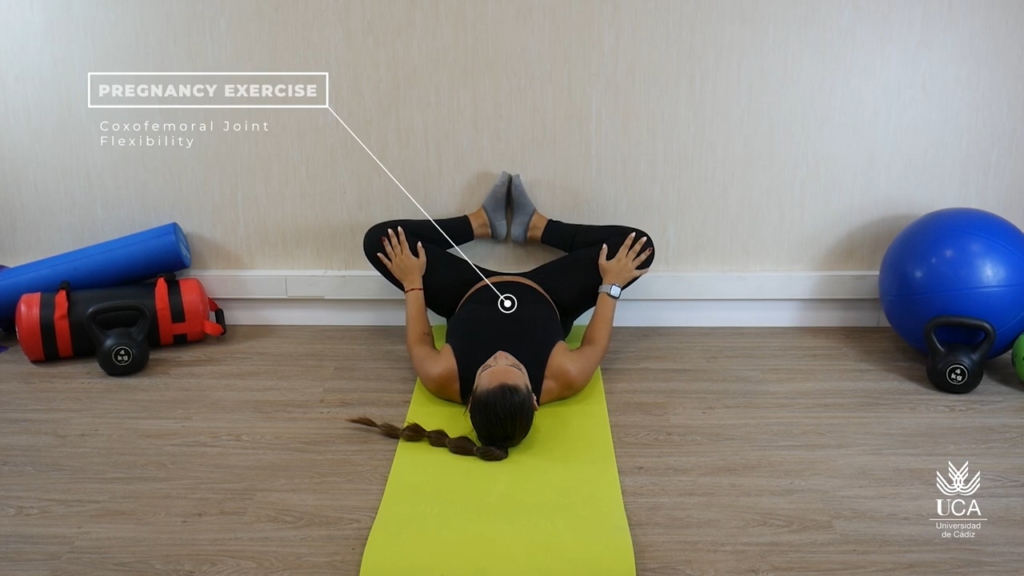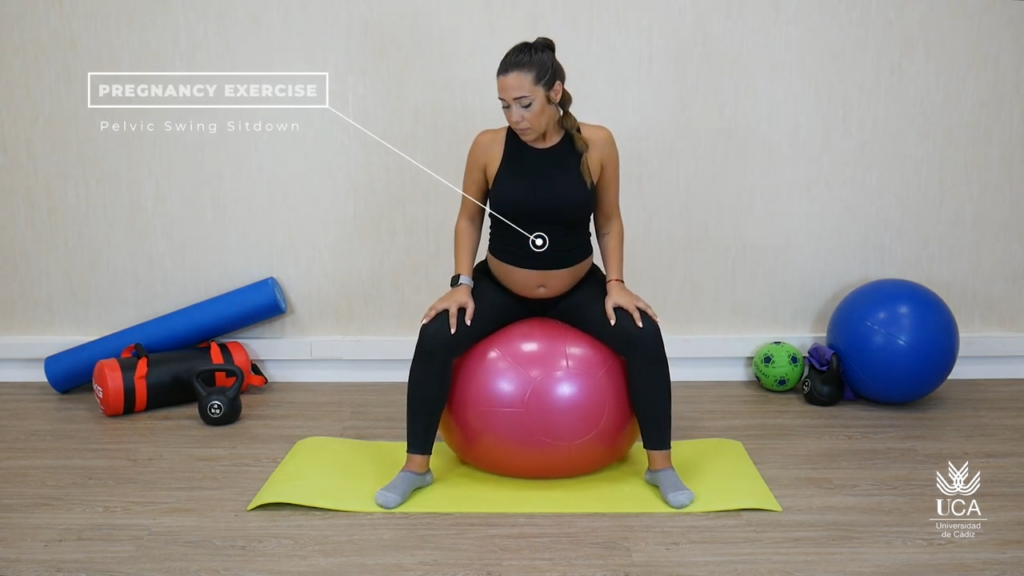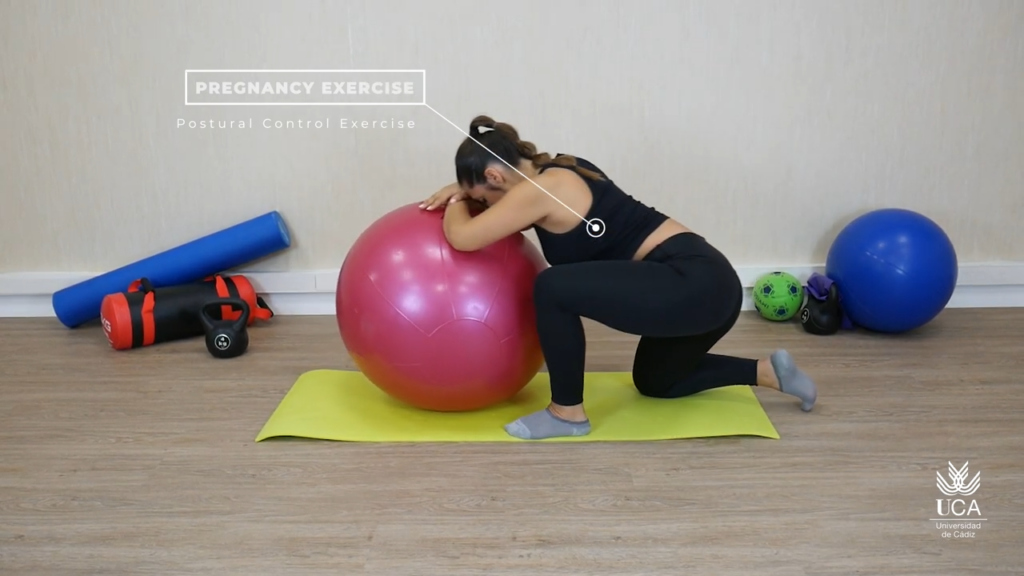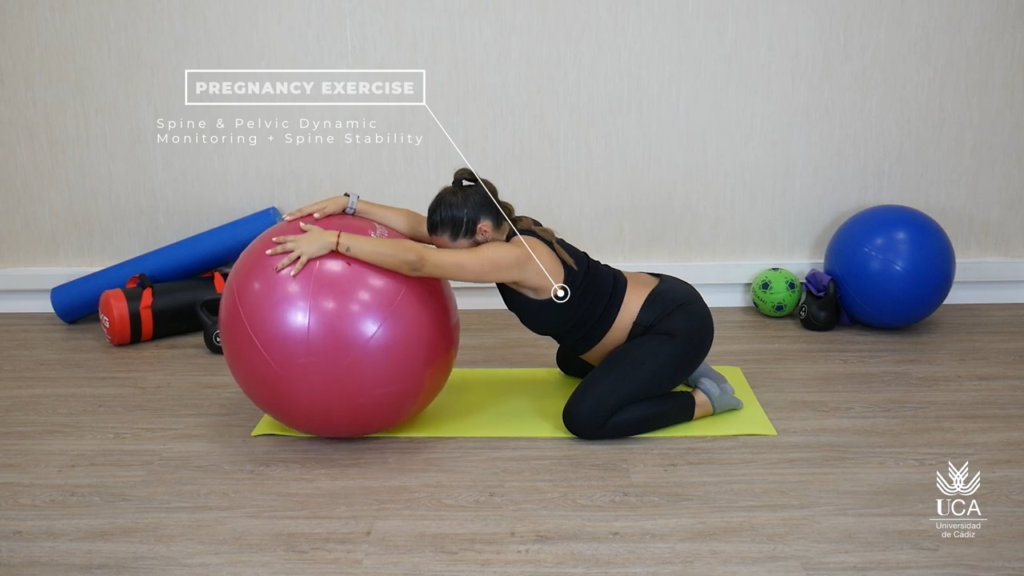Structural Integration is a method of bodywork that combines the manipulation of connective tissue with motor re-education and the development of body awareness. Through a series of sessions (10 sessions – Rolfing®, the Rolfing®, the Rolf Method of Structural Integration or 12 sessions – Anatomy Trains Structural Integration) it aims to integrate the structure of the body and improve the relationship of its segments in space in relation to the centrally located vertical axis, facilitating functioning in the gravitational field.
Structural Integration aims to lengthen, stretch and soften the connective tissues so that, taking into account the principles of biomechanics and the patient’s individual postural patterns, the tensions in the body are balanced, its optimal positioning in space is restored, the ability to move is restored and the patient can feel “at home” in the body. The soft tissues, especially the fasciae, are manipulated (1,2).
How does the Structural Integration therapist think when working with a pregnant woman?
The goal of working with a pregnant woman is not to improve posture through 10-12 sessions, but to maintain relative order in the body and give as much stabilization as possible. It should be taken into account that the course of pregnancy, or rather the change in posture during its duration, is an extremely dynamic process. The selection of the series is very individual and “tailor-made” to the needs of the pregnant body, while maintaining the safety and comfort of the patient.
The therapist should pay attention to the relationship between the pelvis and the lower limbs and how they support the rest of the body through the pelvis and chest. Very often the feet are the main problem in an imbalance – not only in terms of arch stability, but also in terms of sensory connection with the vestibular system and the eyes, and thus – tension patterns (3). Work in the tibial area (the area of the fibula and the medial part of the tibia, the lateral and medial arches of the foot, the plantar part of the foot) allows better opening of the membrana interossea and neurovascular channels and improves the mobility of the hip area, which in turn causes the discoloration of the sacrum. The reason for the normalization of the sacrum is to facilitate the work of the sacroiliac joints during walking. Better organization of the lumbosacral complex allows the pregnant woman to feel better. Another important area is the lumbar-vertebral joints. Care should be taken to restore their proper mobility. We try not to slide on the tissue, but choose the direction and appropriate working depth and wait for the appearance of the butterfly structure. We work out the upper ribs in relation to the oblique muscles and the upper lobes of the lungs. As pregnancy progresses, it is natural for a new body center of gravity to emerge. Very often this results in a backward tilt that can cause disorders in the mobility of the neck, especially C0-C1, C1-C2. Freeing these areas is as important as working with freeing the sacrum. When working with the upper limbs, make sure you have some connections to the back of the head. The dorsal part of the forearms – the trapezius muscle of the back and the suboccipital area. Abdominal part of the arms – front of the neck and jaw (4-7).
In summary, a consistent approach to maintaining balance in pregnancy is to work with the occiput, sacrum, and limbs below the knee joints and elbows. The only significant difference between the series of 10 sessions and working with pregnant women is that attention is focused on the interosseous and transverse connection to alleviate the body’s adaptive stress during pregnancy, rather than to perform a structural “overhaul”.
Grzegorz Jędrzejewski
References:
- James H, Castaneda L, Miller ME, Findley T. Rolfing structural integration treatment of cervical spine dysfunction. J Bodyw Mov Ther. lipiec 2009;13(3):229–38.
- Jacobson EE, Meleger AL, Bonato P, Wayne PM, Langevin HM, Kaptchuk TJ, i in. Structural integration as an adjunct to outpatient rehabilitation for chronic nonspecific low back pain: a randomized pilot clinical trial. Evid-Based Complement Altern Med ECAM. 2015;2015:813418.
- Robb KA, Hyde JD, Perry SD. The role of enhanced plantar-surface sensory feedback on lower limb EMG during planned gait termination. Somatosens Mot Res. czerwiec 2021;38(2):146–56.
- Cottingham JT, Porges SW, Richmond K. Shifts in pelvic inclination angle and parasympathetic tone produced by Rolfing soft tissue manipulation. Phys Ther. wrzesień 1988;68(9):1364–70.
- Hunts VV, Massey WW. ELECTROMYOGRAPHIC EVALUATION OF STRUCTURAL INTEGRATION TECHNIQUES. W 1977.
- Kasper-Jędrzejewska M, Jędrzejewski G, Ptaszkowska L, Ptaszkowski K, Schleip R, Halski T. The Rolf Method of Structural Integration and Pelvic Floor Muscle Facilitation: Preliminary Results of a Randomized, Interventional Study. J Clin Med. 9 grudzień 2020;9(12):3981.
- Baur H, Gatterer H, Hotter B, Kopp M. Influence of structural integration and fascial fitness on body image and the perception of back pain. J Phys Ther Sci. czerwiec 2017;29(6):1010–3.




